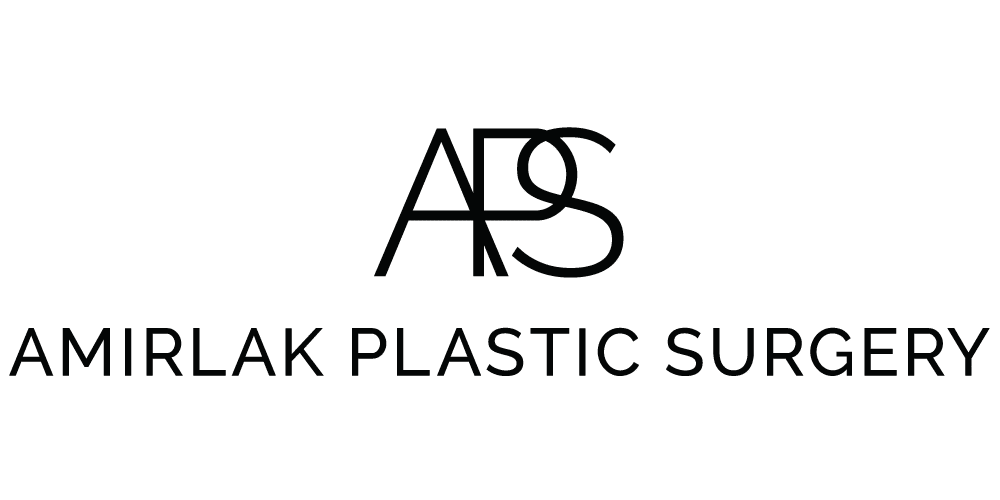Chemical Peels for Facial Rejuvenation
- Posted on: Sep 15 2018

Exfoliation is this process, a fancy term for shedding of skin cells. Various procedures such as laser resurfacing and microdermabrasion seek to jump start the body’s shedding of old, tired skin cells. At Dr. Amirlak’s we like to use chemical peels to help with the process.
What can you treat with a chemical peel?
Chemical peels are usually done on the face, but they can also be used on the neck and the backs of the hands. At Dr. Amirlak’s, these are the skin issues we address with chemical peels:
- Lessen the appearance of wrinkles caused by sun damage and aging
- Treat certain types of acne
- Minimize fine lines, especially those under the eyes and on the corners of the mouth
- Reduce the appearance of freckles, age spots, and melasma
- Improve the overall appearance of the skin
Types of chemical peels
The term chemical peel really needs a new press agent. It sounds so harsh. But they’re really nothing new. In fact, long before we were doing them in Dallas, Cleopatra was using sour milk and its lactic acid to peel her old skin and keep her face looking fresh.
It can sound harsh but the goal of all chemical peels is to destroy certain parts of the skin to encourage the growth of new skin cells. With more than superficial peels, there is noticeable skin peeling that lasts from a day to two weeks. The duration depends on the penetration and type of the chemicals used in the peel.
- Superficial peels — These are mild peels usually done with acids derived from fruits, called glycolic acids. Superficial peels may have some light peeling over the next day or two, but nothing extreme. Peeling in these cases is really nothing more than light flaking.
- Medium peels — These peels usually involve trichloroacetic acid. They penetrate more deeply into the skin, causing a second-degree burn on the skin. There will be peeling and crusting with medium peels as the skin begins the process of rebuilding.
- Deep peels — Phenol acid is used in deep peels, which are the deepest penetrating peel. They are only used on the face to avoid scarring elsewhere. These peels involve the most crusting of the skin and require the longest recovery time. Patients usually need to take at least one week off work, and diligently avoid sun exposure for months afterwards. Deep peels also deliver the most skin rejuvenation. Deep peels need to be approached carefully because they can change the pigment in the skin, causing permanent lightening. They aren’t appropriate for those with darker skin tones.
Want to force some exfoliation to reveal the younger, fresher skin beneath? Call Dr. Amirlak at (214) 974-4948 and ask us about our chemical peels.
Posted in: Chemical Peels


